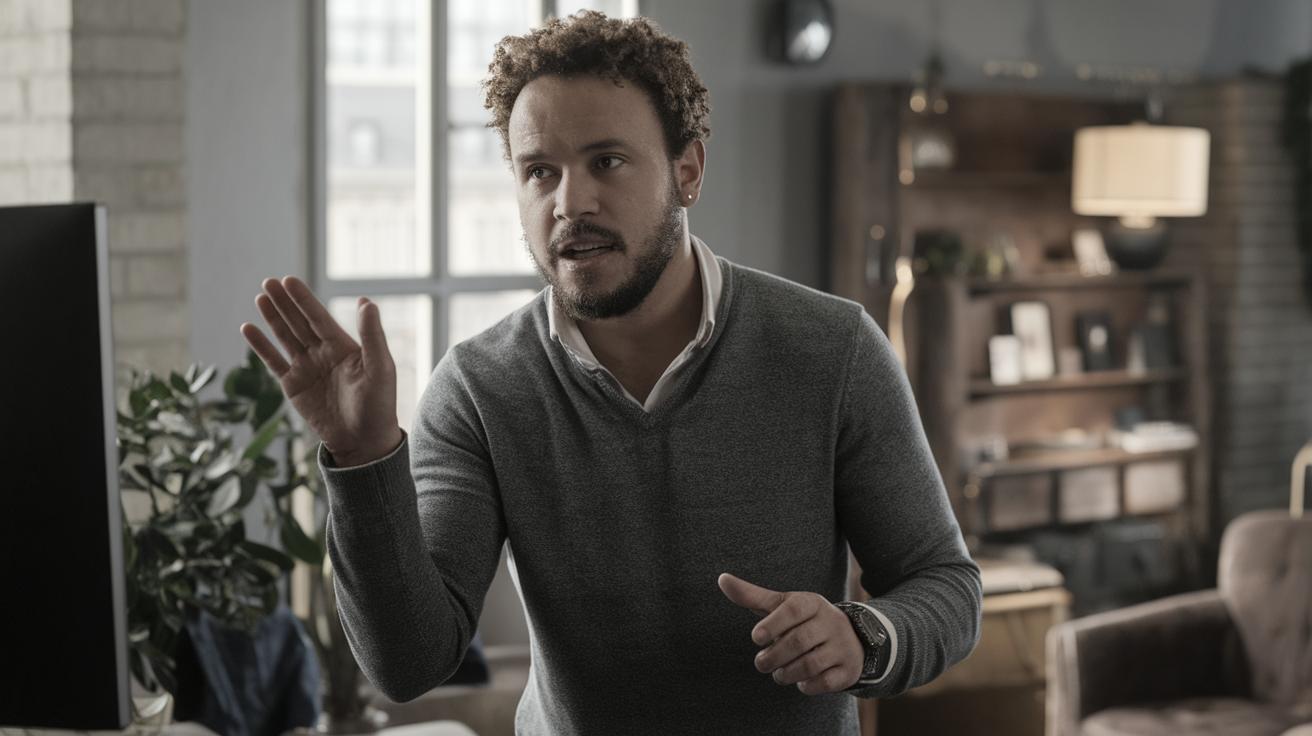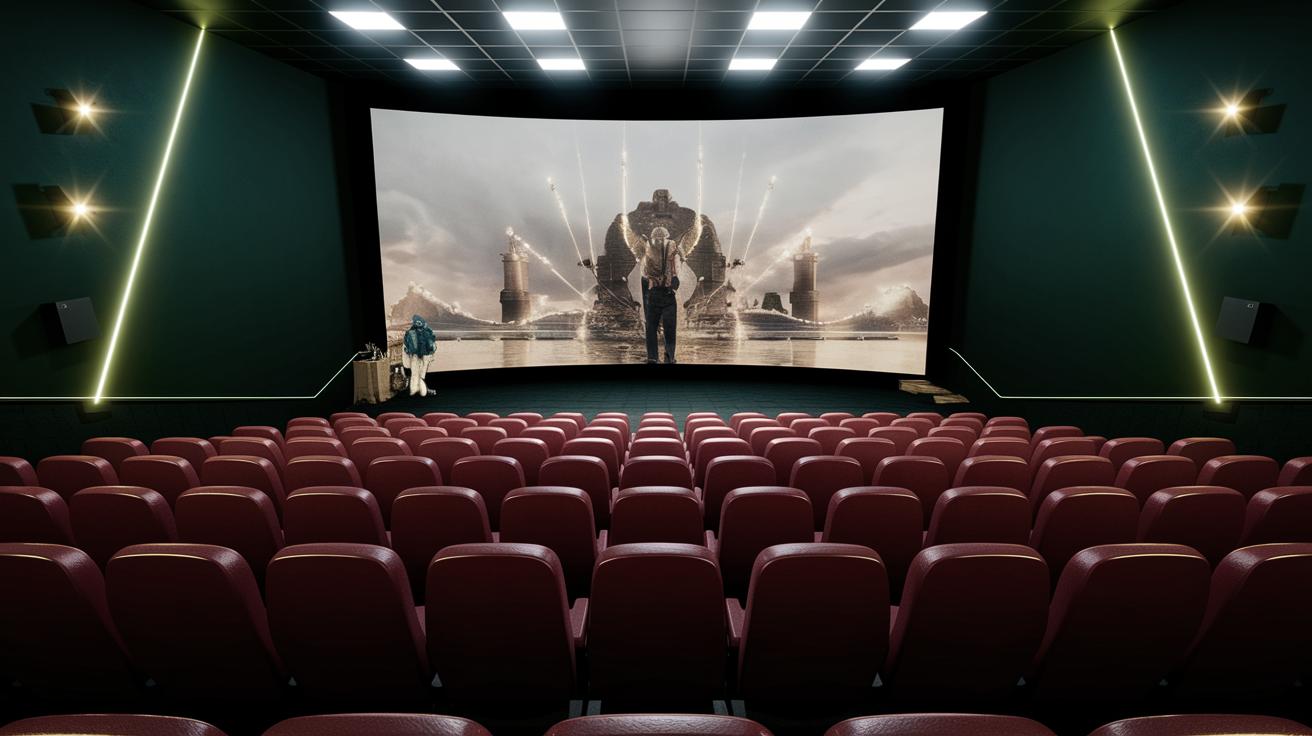What is Involved in Directing a Feature Film?
Directing a feature film is a complex and multifaceted task that involves a range of responsibilities, from the initial script evaluation to the final sound design. A film director is the maestro who brings a screenplay to life on screen, uniting all creative and technical aspects of a production. This blog post delves into the role and responsibilities associated with directing a feature film. By exploring the director’s journey from pre-production through post-production, readers will gain insights into the myriad tasks a director undertakes to ensure that their vision is executed. We’ll uncover the important collaborations with actors, editors, composers, and other key crew members that shape a film’s narrative and emotional core.
Film director definition
A film director is the creative leader and driving force behind a movie. It is their vision and interpretation of the script that sets the tone and style of the film. Directors are responsible for overseeing the artistic and dramatic aspects of a film, including the visual storytelling, actor performances, production design, and the overall look and feel.
Directors collaborate closely with other department heads, including the cinematographer, production designer, and editor, to ensure every aspect of the film aligns with their vision. While directors vary in their approach and style, the fundamental goal remains the same: to tell a compelling story that resonates with audiences.
WATCH: What Does a Director Do? Jay Roach Explains
Understanding what a director does can be mystifying without an in-depth look at their daily tasks and long-term responsibilities. Fortunately, acclaimed director Jay Roach provides insight into the director’s role in a video where he discusses essential duties such as storytelling, actor direction, and collaboration with key crew members.
Roach explains that while directors must adapt to varying genres and production sizes, the core responsibilities remain consistent. These include developing a cohesive narrative, guiding actor performances, and collaborating efficiently across departments to turn a script into a captivating visual experience.
FILM DIRECTOR JOB DESCRIPTION
A film director wears many hats
The role of a film director is multifaceted, requiring a mix of creativity, leadership, and technical skills. Directors must possess a strong vision for their film while being able to adapt and solve problems on set. They must balance artistic decisions with practical constraints, such as budget and time limitations.
A director’s job also involves a deep understanding of filmmaking techniques and tools. This includes knowledge of camera angles, lighting, sound, editing, and acting. By mastering these elements, directors can effectively communicate their vision and produce a film that meets both their artistic standards and the producer’s requirements.
What does a film director do?
Typically, directors begin their work in pre-production, collaborating with writers and producers to refine the script and budget. With the vision set in mind, they meticulously plan the shoot, including determining locations, casting the actors, and designing storyboards and shot lists.
Throughout production, directors are the guiding hand on set, marrying the performances, the filming, and the direction of the crew together. During post-production, they work with editors to shape the film, incorporating sound design and composing to achieve the final cut. Their passion and dedication are crucial in uniting all these elements into a seamless narrative.
WHAT DOES A DIRECTOR DO FROM START TO FINISH?
From inception to the final cut, a director carries a film through its lifecycle. Initially, directors immerse themselves in the script, identifying themes and crafting a vision for the storyline. They engage in extensive planning during pre-production, ensuring each scene is mapped out and logistics are in place.
During the film shoot, directors guide actors to deliver performances that align with the film’s themes and characters’ journeys while making on-the-fly decisions to resolve unforeseen challenges. The director’s responsibilities continue into post-production, where they oversee editing, sound design, and visual effects to ensure the final product coheres with their original vision.
WHAT DOES A DIRECTOR DO IN PRE-PRODUCTION?
Approach pre-production practically
Successful pre-production is essential to a smooth filmmaking process. Directors often spend several weeks or months during this phase, translating the screenplay into visual terms. Practically, this involves creating storyboards, developing shot lists, and establishing a shooting schedule.
A practical approach to pre-production allows directors to anticipate potential issues and develop contingency plans. It requires meticulous organization and communication with all department heads to align on a unified vision that will guide the production phase.
WHAT is a director’s role in PRE-PRODUCTION?
Making changes to the script
Directors often contribute significantly to the script, working closely with writers to make changes that enhance the film’s narrative. This can involve rewriting scenes, altering dialogue, or restructuring the sequence of events to better convey the story’s emotional arc.
These script modifications require a delicate balance between maintaining the original intent and making necessary refinements. The director’s creative input is critical in ensuring the screenplay is both engaging and feasible to produce.
a director’s pre-production tasks
Working with department heads
Collaboration with department heads is a cornerstone of pre-production. Directors hold meetings with key personnel, such as the director of photography, production designer, and costume designer, to align on the film’s visual and thematic elements.
This collaboration ensures that everyone shares the same vision and has a thorough understanding of the director’s expectations. Building strong relationships during this phase is essential, as these department heads will ultimately be responsible for executing much of the director’s vision on set.
How a film director plans a shoot
Storyboarding and shot listing
Directors employ storyboarding and shot listing to visualize how they plan to shoot the film. Storyboards present a sequence of drawn panels that depict each scene, guide shot composition, and inform camera movements and angles.
Shot lists complement storyboards by detailing every shot required in numerical order. These documents are essential, providing a clear framework for the shoot, facilitating efficient use of time and resources, and ensuring no vital shots are overlooked.
what is a director’s approach to casting?
Auditioning and casting actors
Choosing the right actors is a crucial step in bringing characters to life and driving the film’s narrative. Directors oversee auditions, seeking performers with the talent and charisma needed to embody the characters.
This process involves evaluating an actor’s chemistry with other cast members, their ability to portray the character’s nuances, and how they align with the director’s vision. The casting process can sometimes extend for long periods, as directors strive to find the perfect fit for pivotal roles.
WHAT DO DIRECTORS DO IN PRE-PRODUCTION?
Gearing up for the shoot
As pre-production concludes, directors gear up for the shoot by finalizing their plans, confirming schedules, and conducting rehearsals with actors. During rehearsals, directors explore character motivation and refine performances, ensuring actors are confident and prepared.
Directors also ensure all logistical details, such as locations and equipment, are secured, and that the crew is briefed and ready. This preparatory phase is vital to minimizing disruptions during filming and ensuring the production runs smoothly.
What do directors do on set?
Directing actors and the camera
On set, directors are the linchpin, coordinating between actors, crew, and equipment to capture the desired performance. They work closely with cinematographers to determine camera placements, angles, and movements.
Directors also provide actors with feedback and guidance to elicit the intended emotional responses. Balancing technical and creative roles, they troubleshoot challenges and make real-time decisions to ensure the filming stays on track.
What does a director do in post?
Working with editors
Editing is an integral part of filmmaking, where directors collaborate with editors to shape the raw footage into a coherent narrative. This involves selecting takes, determining the film’s pace, and constructing its rhythm.
Directors provide guidance on the cut and work through multiple iterations, adjusting elements until the story aligns with their vision. This process is where the film begins to truly take shape, transitioning from disjointed scenes to a polished, compelling story.
what is a director’s role in sound design?
Working with the sound department
Sound design enhances a film’s mood and atmosphere, making it a crucial part of post-production. Directors work alongside sound designers and mixers to ensure the auditory elements effectively support the story.
This collaboration involves choosing appropriate sound effects, managing dialogue clarity, and balancing surround sound dynamics. Directors ensure that every sound element contributes to the narrative’s emotional impact and supports the on-screen action.
how a director finishes a production
Working with composers
A film’s score is pivotal in evoking emotions and reinforcing the story’s themes. Directors and composers collaborate to create a musical score that complements the visual narrative and enhances the viewer’s experience.
Through spotting sessions, directors provide insight on the mood and pacing of scenes, guiding the composer’s creative process. A compelling score unifies the film, adding depth and dimension to the finished product.
RELATED POSTS
Related Posts
Related Posts
Up Next
How to become a film director
Aspiring directors need to cultivate a deep understanding of storytelling and significant experience in various aspects of filmmaking. Start by honing skills through film school or hands-on experience, creating short films to develop a personal style and vision.
Networking is crucial in this industry—attend film festivals, workshops, and seminars to connect with other filmmakers and industry professionals. Years of experience and a diverse portfolio can position aspiring directors to take on larger projects and evolve into successful feature film directors.
Showcase your vision with elegant shot lists and storyboards.
Effective directors utilize shot lists and storyboards to transform written scripts into compelling visual narratives. These tools not only organize the filmmaking process but also clearly communicate the director’s vision to the cast and crew.
By meticulously planning each shot, directors can ensure every scene is executed as intended, maintaining coherence and visual continuity throughout the film. This structured approach grants creative freedom within a framework, allowing directors to capture the essence of their story.
| Phase | Director’s Role |
|---|---|
| Pre-Production | Script refinement, casting, storyboarding, collaborating with department heads |
| Production | Directing actors and the camera, solving on-set challenges |
| Post-Production | Editing, sound design, composing |
The journey of directing a feature film is a complex and rewarding endeavor. Directors are visionaries who guide films through every phase of production, ultimately bringing stories to life and creating memorable cinematic experiences.


